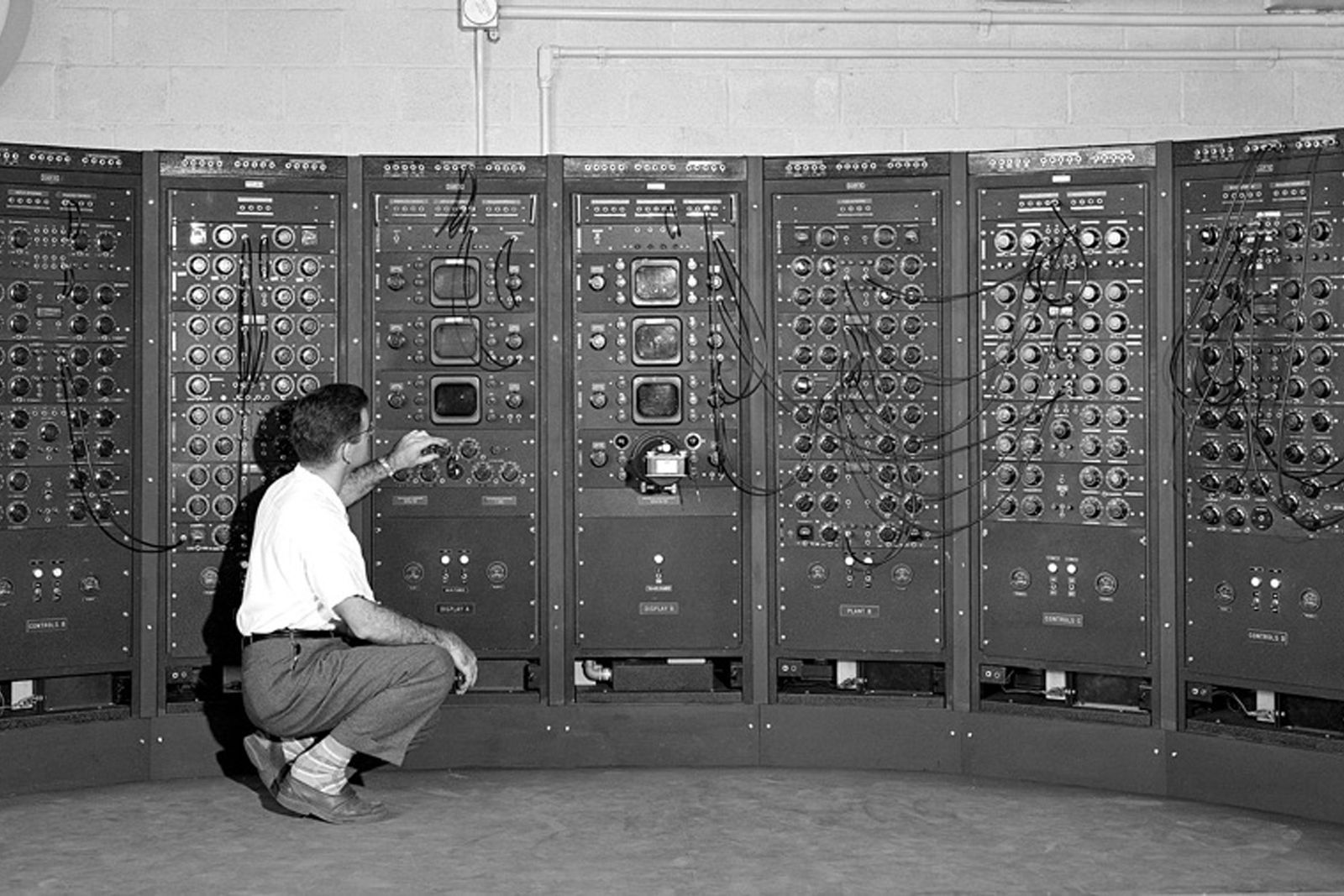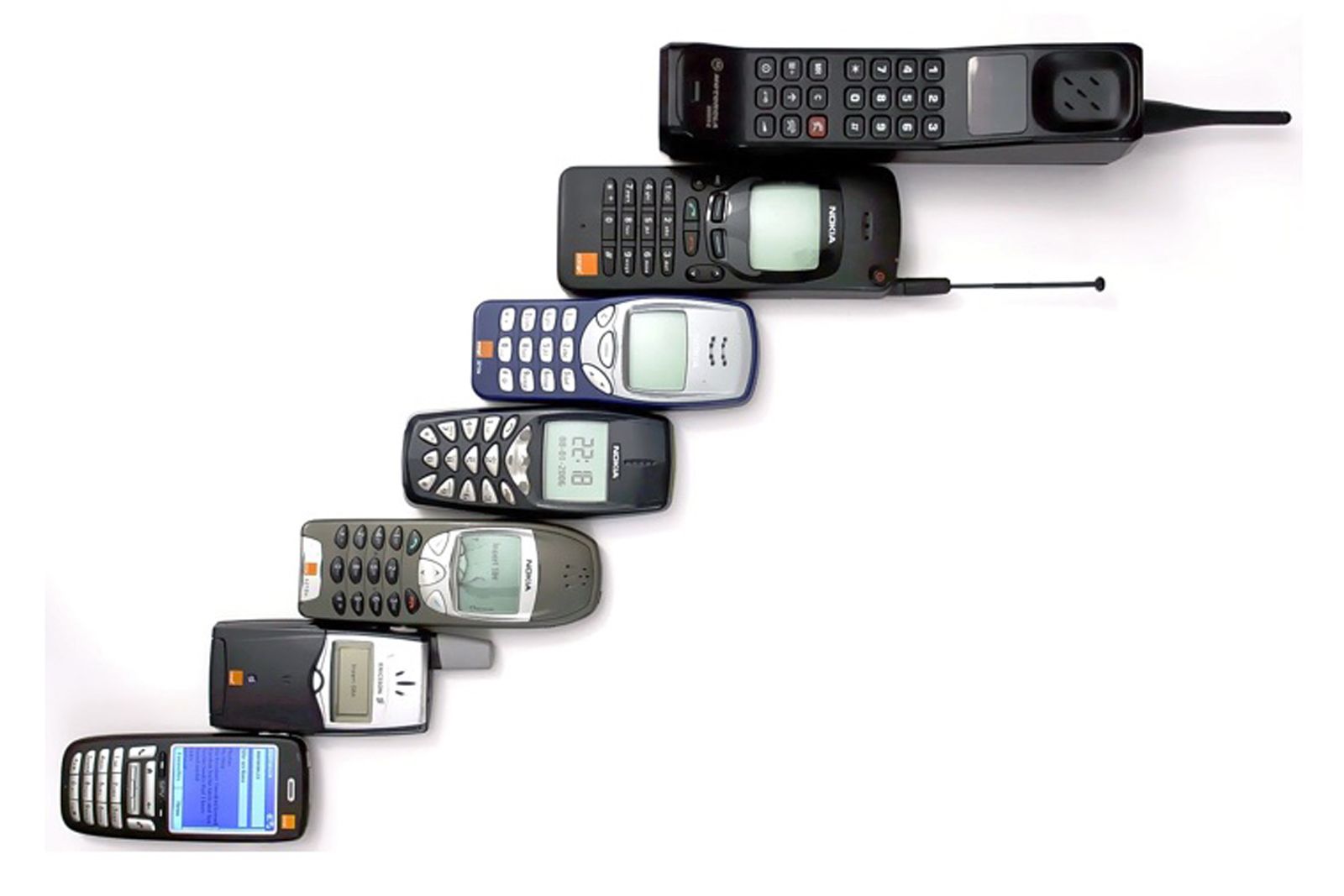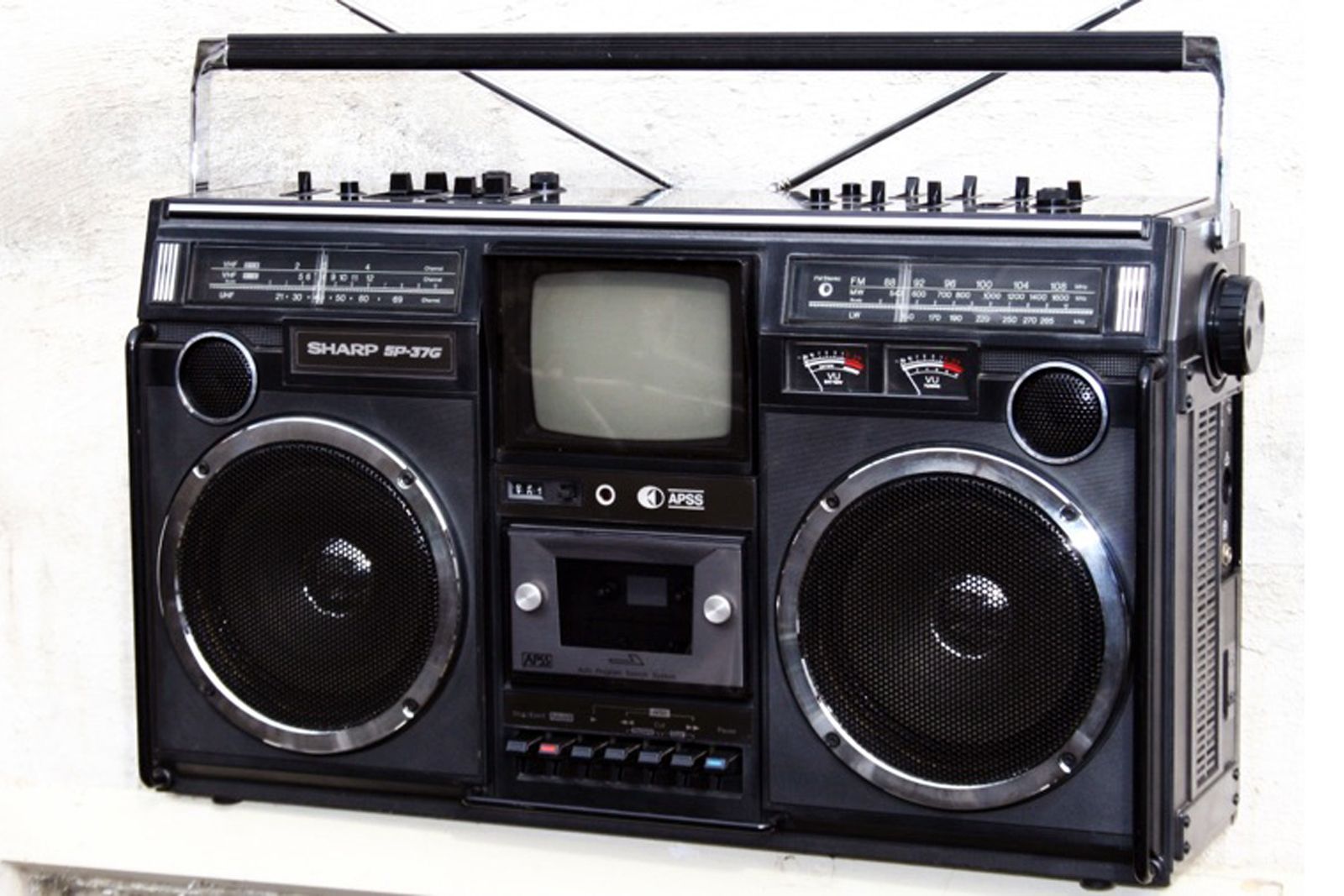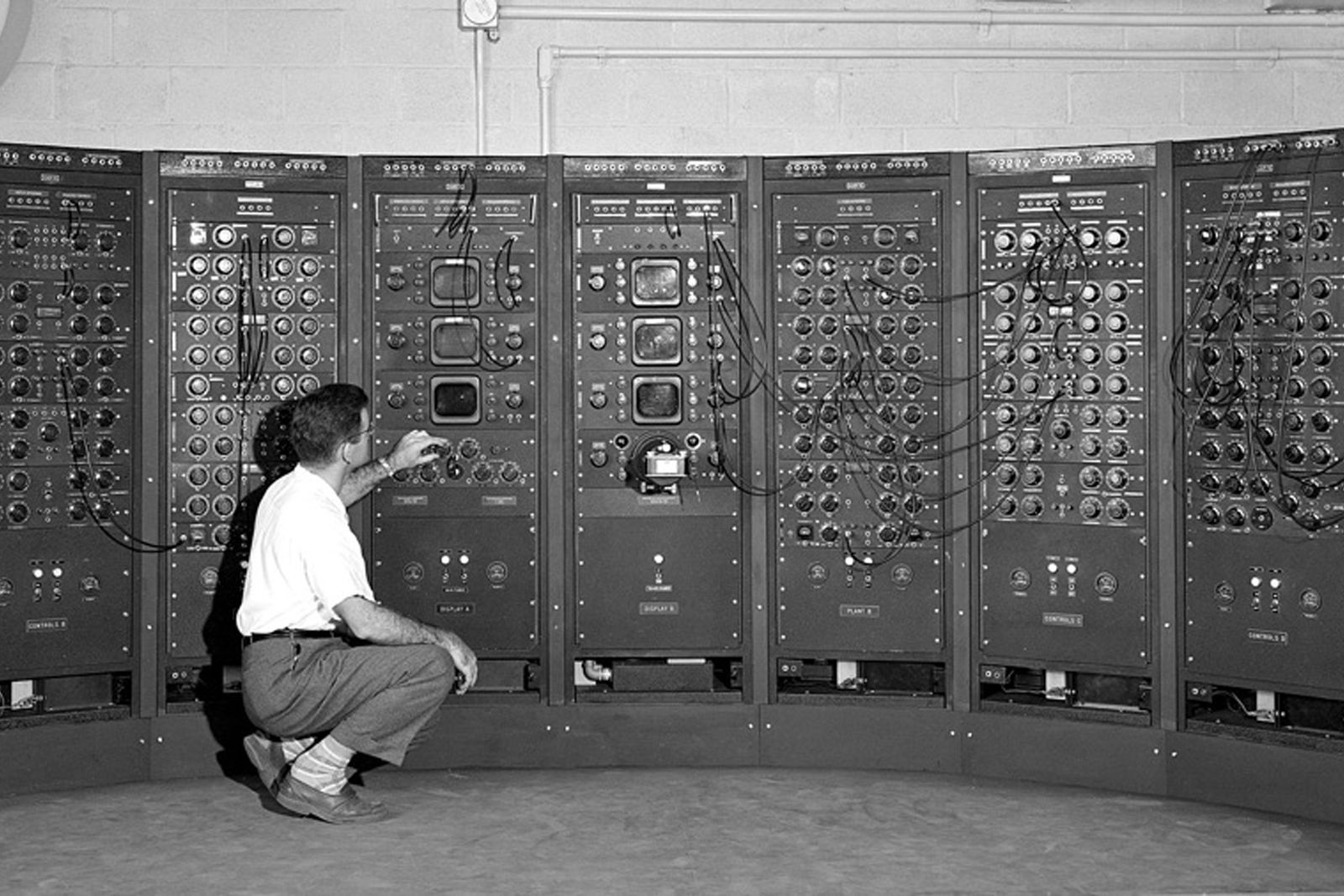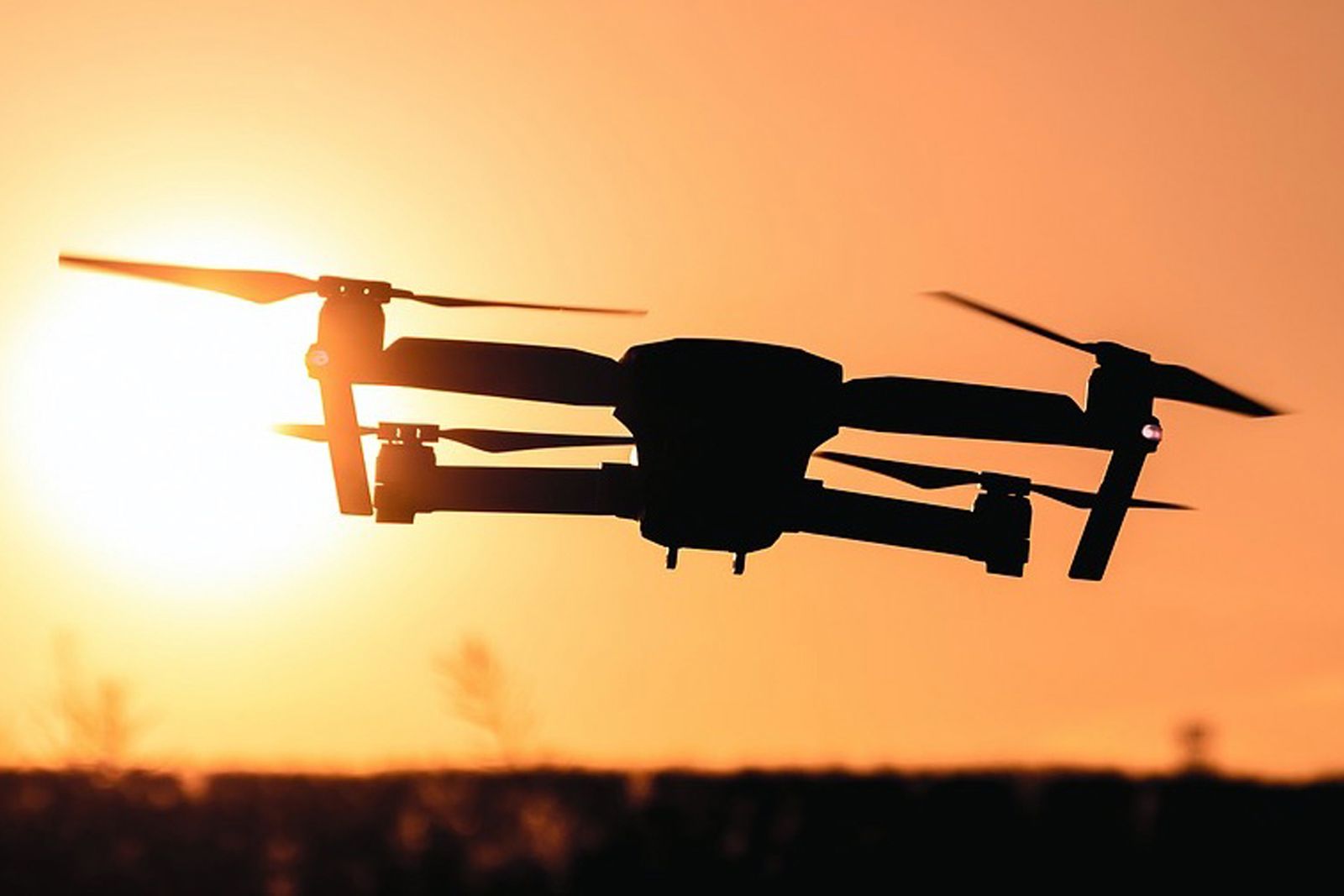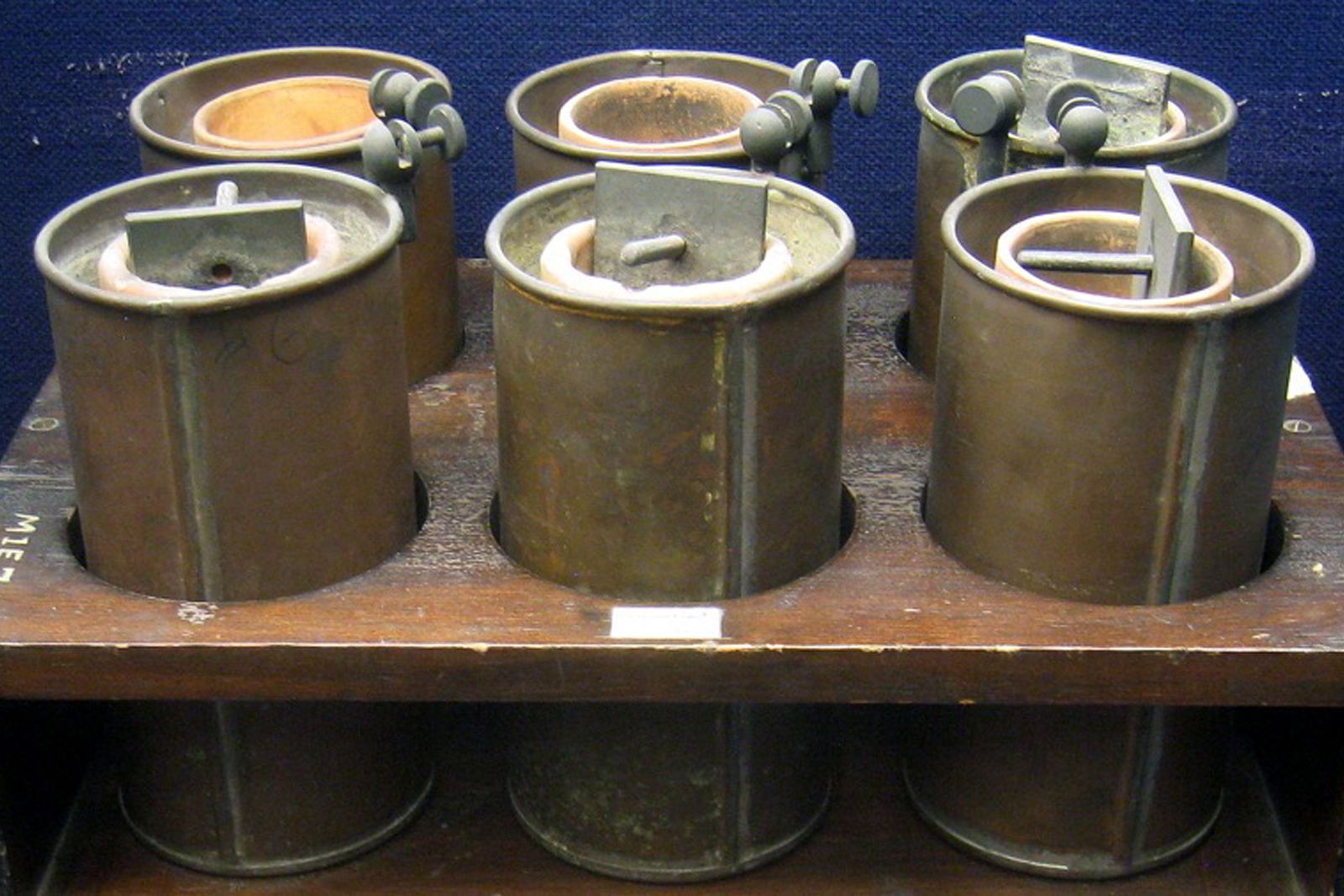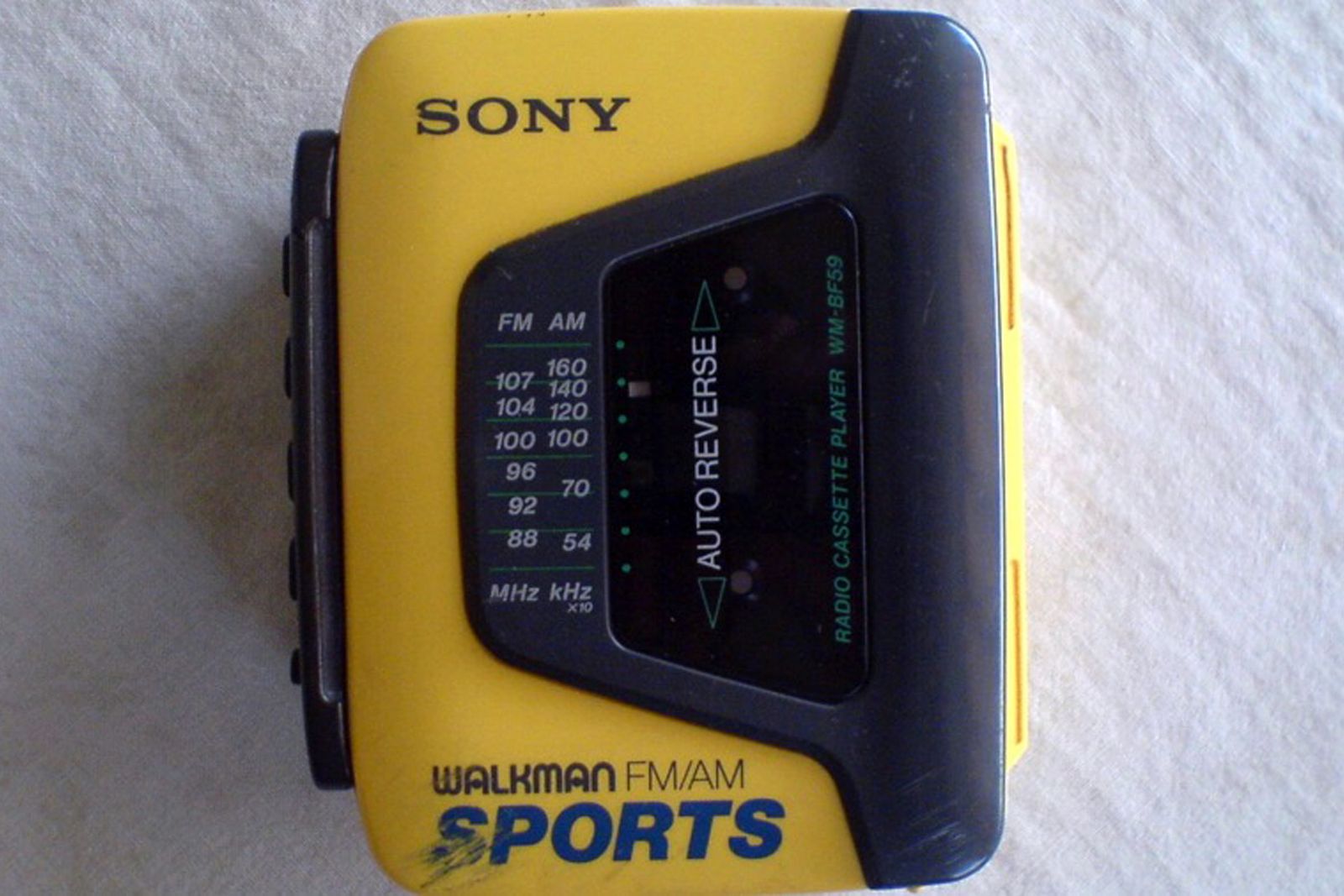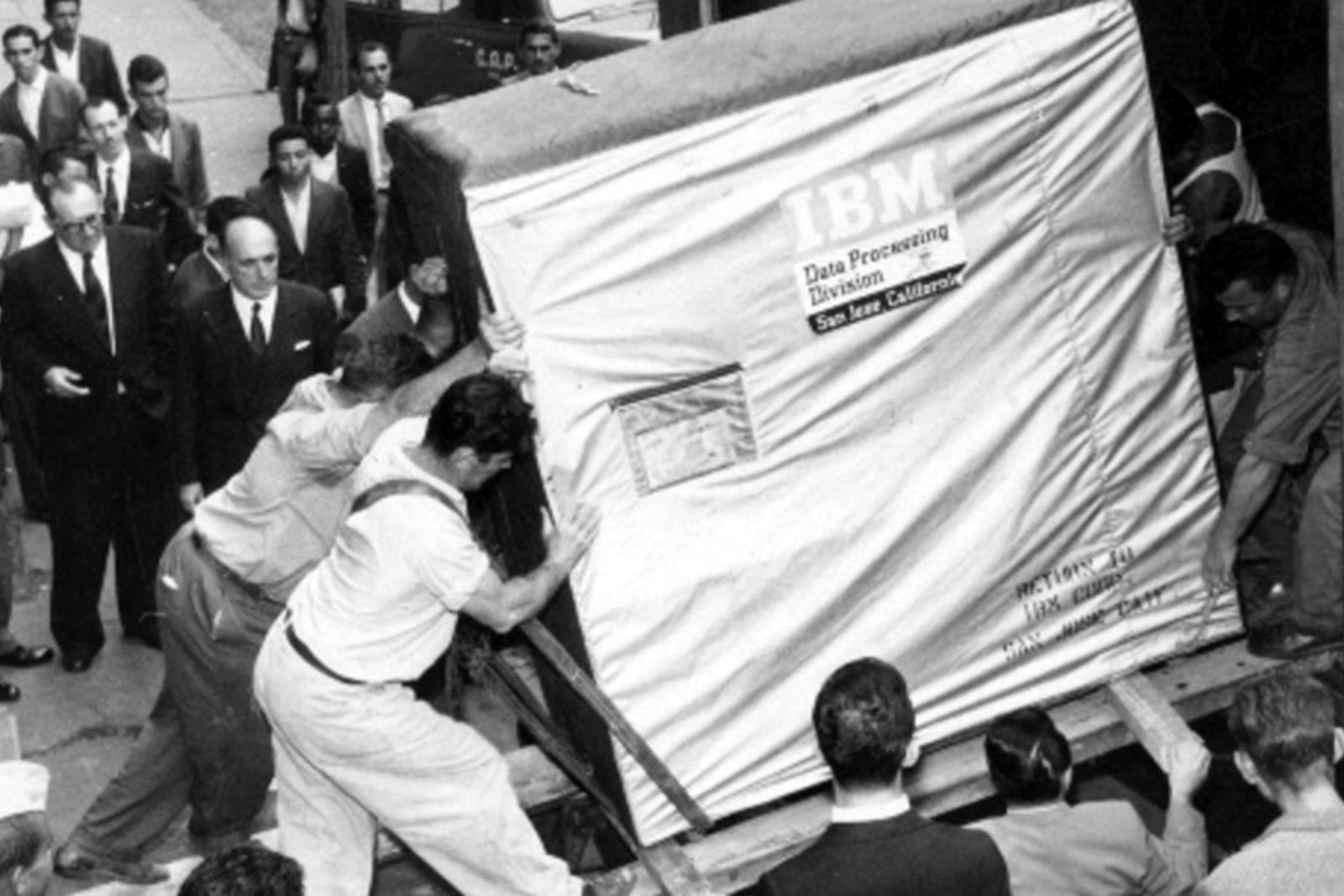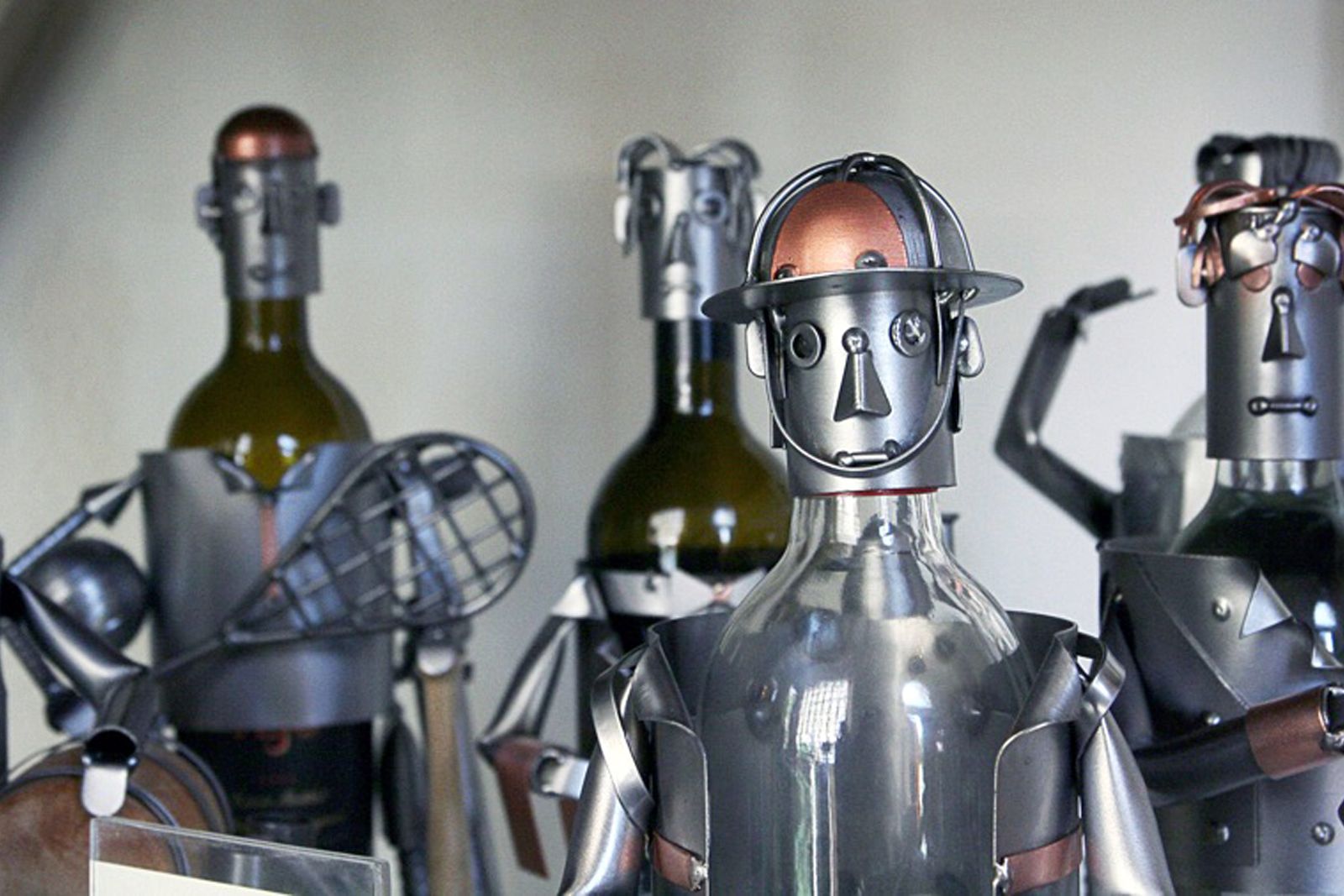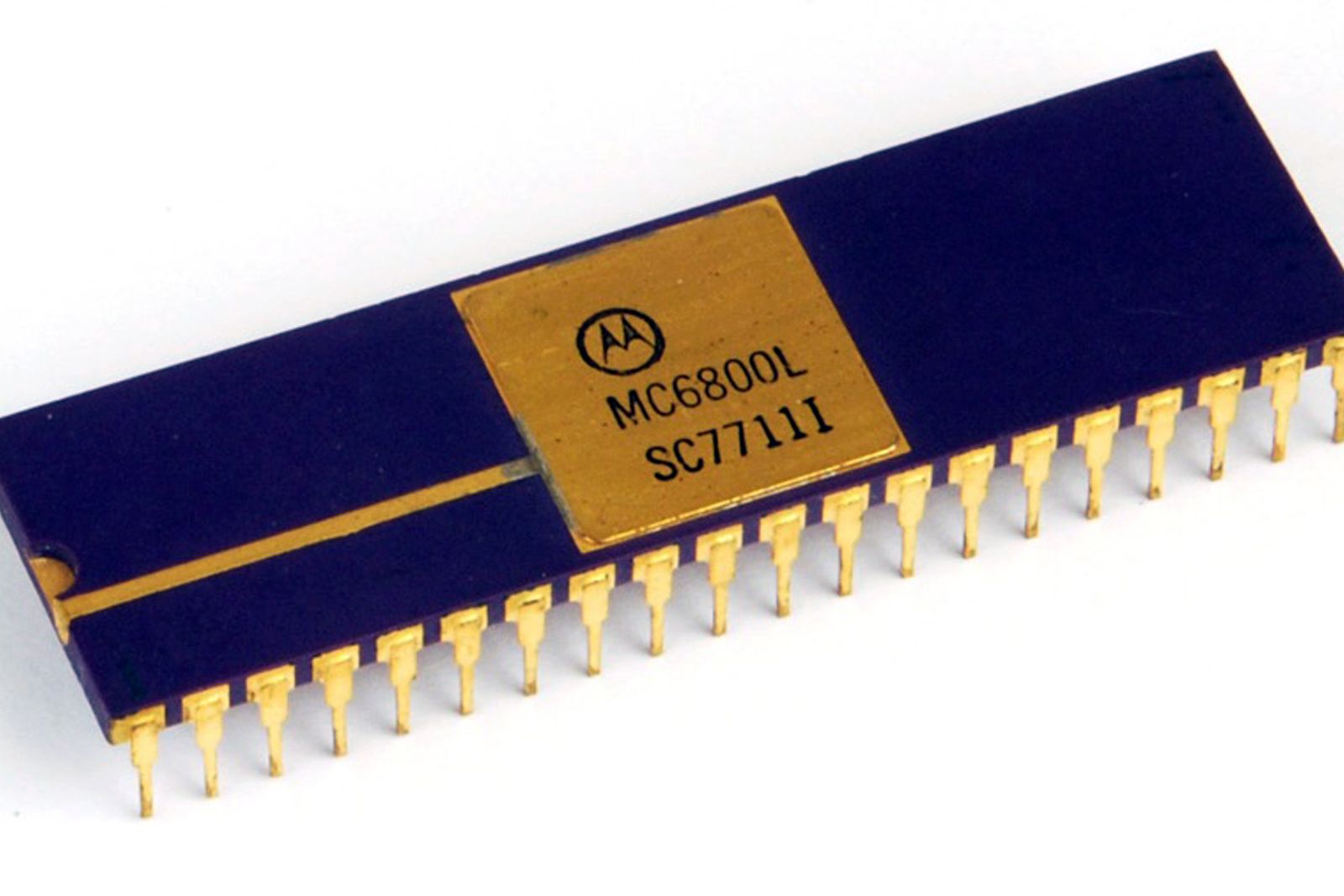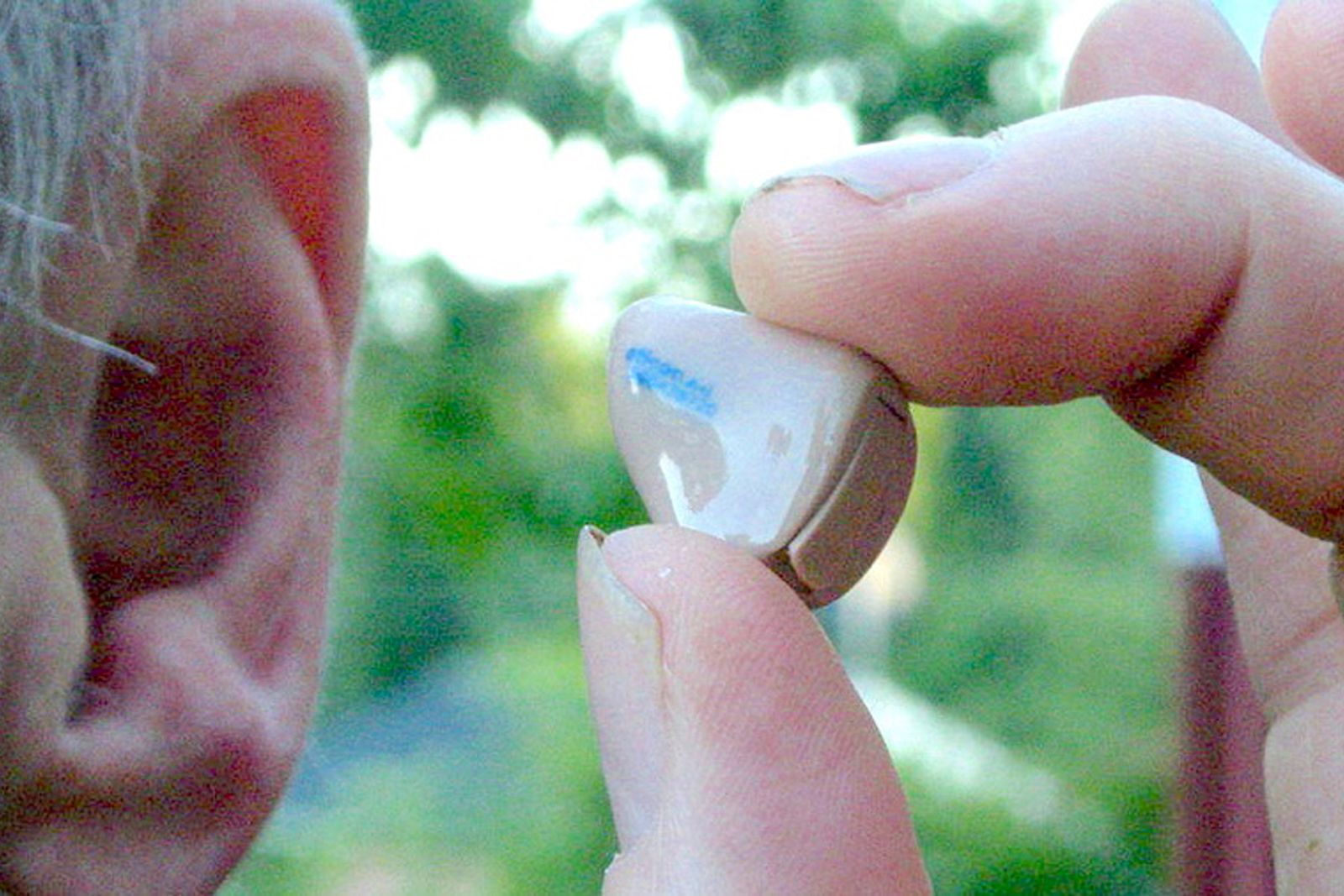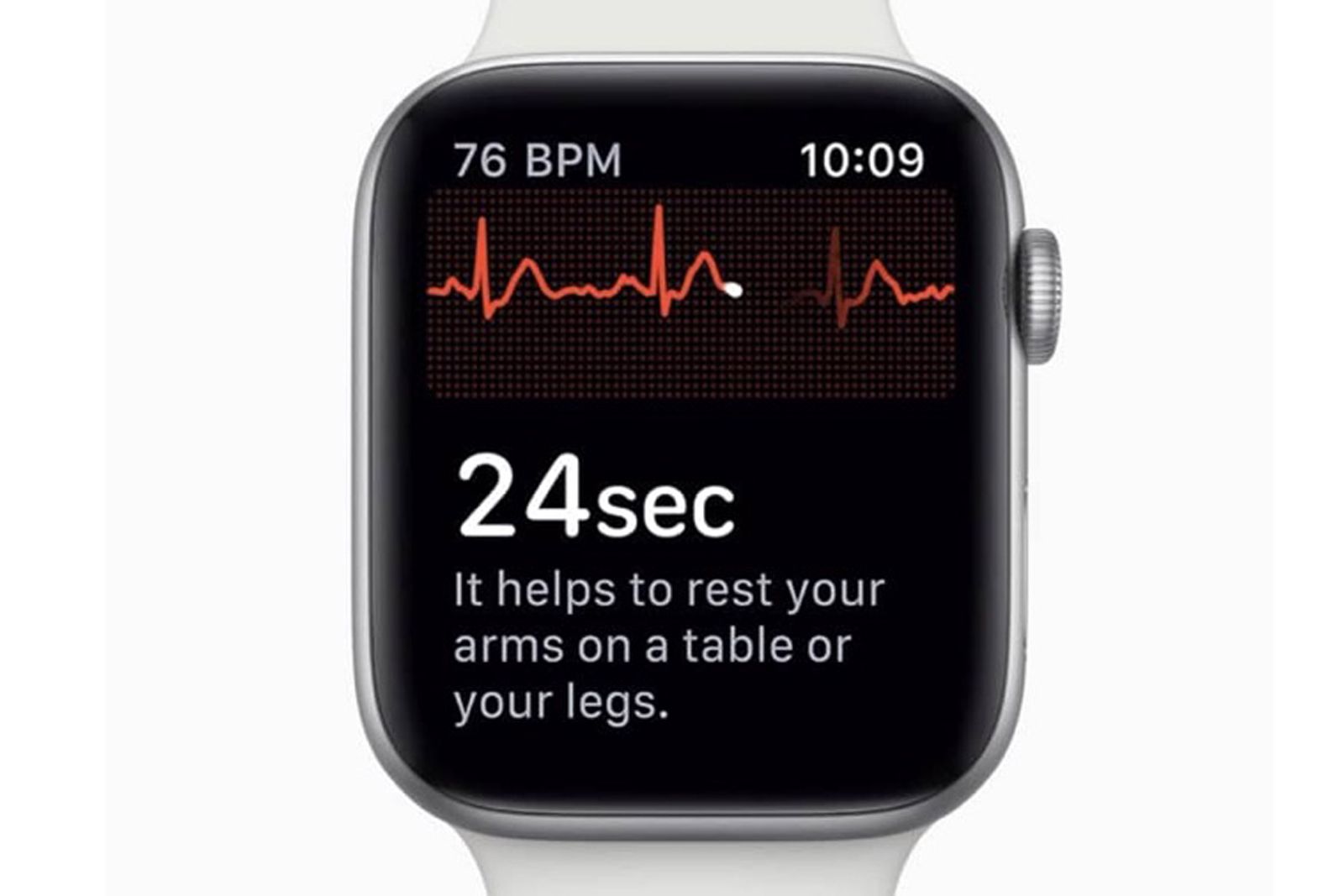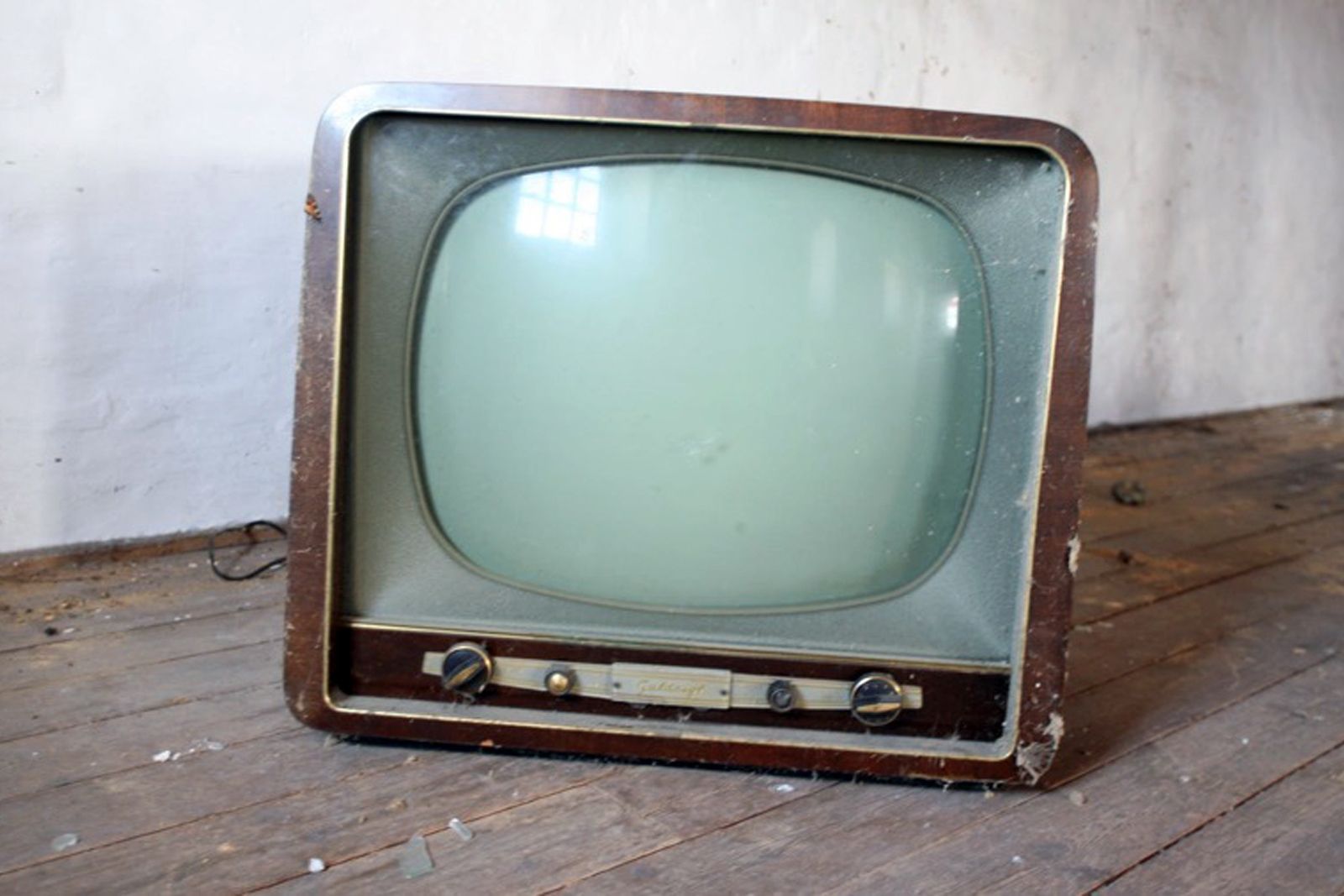If there’s one thing we know for sure, it’s that things get smaller over time. Whether it’s your favourite chocolate bar or the technology you use every day, chances are it’s significantly smaller than it used to be.
That’s particularly true when it comes to digital technology. Analogue devices used giant components by necessity: think the cathode ray tubes of old TVs or the giant valves of pre-digital computers. Now, we pack tens of thousands of components into something smaller than a postage stamp.
That’s had an incredible effect. Today, we have things in our pockets or purses that used to be bigger than office blocks – and that’s changed the way we live, the way we work and the way we play. Let’s discover the incredible shrinking tech that’s all around us.
Mobile Phones
The first mobile telephone call, in 1973, was made on a phone the size of a shoebox. Now, many phones are so small they make you feel like Gulliver.
The reason is of course that pretty much every single thing in a mobile phone has got better and smaller since 1973.
We have much better battery technology, better radios, better (and internal) antennas, and ever smarter electronics making everything work.
What used to dislocate your shoulder can now fit inside your watch, and the only reason our phones aren’t almost entirely invisible is that phones do so much more than just talk: sacrificing the screen, the largest single component, means sacrificing most of the fun.
Speakers
From PA stacks to boom boxes, the humble speaker has been seriously shrunk in recent years: the speaker stacks of old have been replaced by suspended arrays of much smaller enclosures, stage monitors are now in-ear monitors instead of speaker wedges and you no longer need to carry something the size of a wardrobe to rock a party.
Part of the change is speaker positioning – a PA system with repeater towers of relatively small speakers reaches the back of a crowd more effectively than a giant speaker stack that’s miles away – but a big part of it is that speaker drivers have got much, much better: modern speaker drivers can be much louder and deliver better frequency ranges than their larger predecessors.
Compare a good Bluetooth speaker to the best 1980s boombox and you’ll hear what we mean.
Computers
We’ve come a long way since the 1940s when IBM president Thomas J Watson apparently said “I think there is a world market for about five computers”.
There was probably only room on earth for about five computers back then, and for decades to come until the microprocessor was invented and computers started to seriously shrink.
Today’s computers are microscopic by comparison, with even the most powerful laptops so slim you could probably slice cheese with them. And of course, computers have moved into ever more portable forms: tablets, smartphones and even watches, although we wouldn’t want to do spreadsheets on a smartwatch any time soon.
Drones
Advances in battery technology, electric motor efficiency and camera sizes mean that today’s camera drones can be impossibly small while still delivering great results and shutting down the odd airport.
Drone technology has improved enormously in a very short time, especially the autonomous or semi-autonomous ones: they’ve benefited greatly from ever-shrinking computers (so the onboard electronics don’t need to be so large or heavy) as well as the miniaturisation of gyroscopes and sensors.
Like jetpacks, electric drones still suffer from a basic catch-22: to lift more weight you need more battery power; getting more battery power means adding a lot more weight. We’re some way off solving that well enough for our drones to carry people.
Cameras
Even the smallest smartphone camera can often outperform a digital SLR, in terms of its resolution at least: we haven’t quite managed to get the same results you get from a big lens, although some firms’ software enable smartphone photos to come awfully close.
But what we have seen is good quality camera sensors and lenses getting much, much smaller: digital cameras began as fist-sized boxes that struggled to deliver VGA resolution; now you can pick up a 4K action video camera that’s smaller than a Polaroid picture. In smartphones we’re seeing the camera area fit in ever more, ever sophisticated lenses so the miniaturisation isn’t so obvious, but firms are still doing more in less space.
Batteries
In the 1980s, the battery for a video recorder was so big you had to carry it in a separate satchel.
Now, it’s the size of a postage stamp. Despite the limits of chemistry – batteries are contained chemical reactions and there are limits to what you can squeeze into a given space without them going all explodey – we’ve seen a move to more efficient metals (such as the move from cadmium to lithium), devices becoming much more energy-efficient, industrial designers getting ever more ingenious with battery design and existing technologies pushed to new levels – so where the original iPhone’s battery delivered 1,400mAh, the iPhone XS has 3,174mAh. The Moto E5 plus has 5,000mAh.
Music
We’re not going to go back to the 8-track cartridge or even earlier to the wax cylinder, because most of the miniaturisation of music has taken place during the move from analogue to digital.
The original Sony Walkman was 130 x 90 x 30mm, weighed 400g and would max out at around 2 hours of music if you went for C120 cassette tapes; Sony’s hi-res audio A10 Walkman adds a touchscreen but it’s 100 x 43 x 8mm, weighs 66g and runs for 50 hours at much higher quality. Sandisk’s Clip Sport Plus is smaller still, cramming 20 hours of playback into 36 grams and 66 x 44 x 17mm.
Digital storage
You may have seen the photos already: it’s 1956 and an IBM hard disk is being loaded into a truck or an aeroplane. That requires ramps or forklifts, because 5MB of storage weighs two tons.
More recently we've seen a digital camera memory card that has 200,000 times the storage: because it’s an SDXC card, its weight is negligible.
Unlike a hard disk, there are no moving parts, and it runs at speeds that IBM’s engineers wouldn’t have dreamed of no matter how much cheese they had before bedtime.
Robots
Robots of old were like giant humans, if indeed they looked like humans at all: the industrial robots you’ve seen in factories are more like disembodied giants’ arms. But while big robots are still doing big stuff in big places, the most exciting robots are a little bit smaller. And by “a little bit” we mean they’re smaller than specks of dust.
They’re called nanobots, and they’re at the forefront of medical science: last year, a team at the Chinese University of Hong Kong used a magnetic field to make swarms of nanobots work in tandem. The nanobot swarms can change their form to suit any environment, and could be the surgeons of the future.
Chips
Not the edible kind. We mean processors. The processes that make microchips are working on an ever smaller scale, to a precision almost unimaginable even a few decades ago. The Intel 8086 processor that powered early PCs in the 1980s was built using a 3 micrometer technology, which means that the smallest possible distance between two transistors was 3 millionths of a metre.
The 2017 AMD Ryzen processor used a 14-nanometre process, so the smallest possible distance is 14 BILLIONTHS of a metre. The smaller the number the more you can stuff into the same place and the more performance you can get from the same piece of silicon.
Hearing aids
Hearing aids have been with us for centuries. The first one was created in the 17th century, although things didn’t really get interesting until the invention of the telephone: which led to the first electric hearing aid in 1898.
But like other audio technology it was reliant on fairly bulky technology such as vacuum tubes for amplification, and the devices were so bulky some of them were hidden in furniture. It wasn’t until the 1930s that tubes were small enough for hearing aids to be portable. And of course, digitisation has made further miniaturisation possible: the first partly digital hearing aids were developed in the 1960s, took a giant leap in the late 1970s and began to take advantage of digital audio processing chips in the 1980s. Since the first all-digital hearing aid in 1995, devices have become smaller as they’ve become smarter.
Health monitors
In the 1970s, a heart rate monitor was a great big box with leads that attached to your chest.
Today, it’s an Apple Watch or similar wearable. The main difference is the use of optical rather than electrical sensors: by shining light through the skin, such sensors can detect blood vessel movement and calculate the heart rate from that, and they don’t need to be very big in order to do their job properly.
They’re not quite as accurate as more traditional sensors but they’re getting close enough to be medically useful. We’re seeing other forms of health monitoring getting tiny too: in early 2018, the Ulsan National Institute of Science and Technology (UNIST) made a glucose-monitoring contact lens.
TVs
The big change here is the end of the cathode ray tube and the rise of the LCD, LED and OLED TV.
Freed from the need to cram a massive radioactive tube into their sets, TV firms were finally able to make their television sets flatter and more aesthetically attractive – although sometimes that had negative consequences, because there was no longer enough room for decent speakers.
Current TV tech is enabling firms to make ever-bigger displays in super-flat profiles: last year LG unveiled a single 88-inch OLED TV, while Samsung presented a modular wall with a diagonal of a whopping 146 inches.

